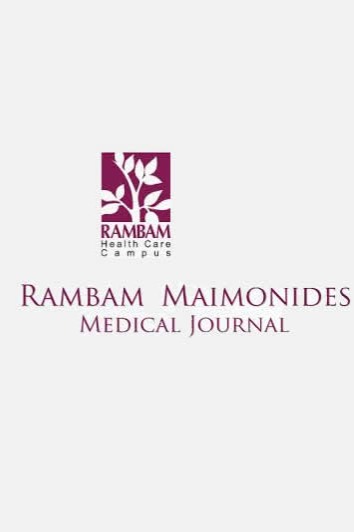
“Objective: To summarize and evaluate clinical experiences with refractory status epilepticus in which cannabidiol (CBD) was utilized for cessation of seizure activity.
Methods: A comprehensive literature review was performed on PubMED, MEDLINE, Scopus, and CINAHL between May – June 2022 with the assistance of a medical reference librarian using the following search terms: “Cannabidiol” [MAJR], “Status Epilepticus” [MAJR], “New-Onset Refractory Status Epilepticus”, and “cannabidiol.” Reports that provided dosing regimens and patient outcomes were included.
Results: Thirty-two articles were screened. Five articles were selected for inclusion in this review and detailed the clinical courses of 11 patients. Five of the 11 patients received CBD during the chronic epilepsy stage, while the remaining 6 received it during a period of acute status epilepticus. Patients were trialed on an average of 9 anti-epileptic drugs prior to CBD administration, after which 9 of the 11 patients experienced a reduction of seizure activity. Dosing of CBD ranged between 5-25 mg/kg/day and was titrated based on patient response to therapy. Adverse effects were relatively benign and were generally limited to gastrointestinal discomfort, reported after seizure cessation.
Conclusions: CBD may provide a potentially efficacious and safe management strategy in refractory status epilepticus, including patients with new-onset refractory status epilepticus and febrile infection-related epilepsy syndrome. A potential for drug-drug interactions between CBD and anti-epileptic drugs warrants judicious monitoring. Additional research is necessary to determine a definitive dosing strategy for this agent.”
https://pubmed.ncbi.nlm.nih.gov/36399869/
“The efficacy and safety of CBD has been demonstrated in Lennox-Gastaut and Darvet Syndromes.”
https://www.seizure-journal.com/article/S1059-1311(22)00260-6/fulltext







